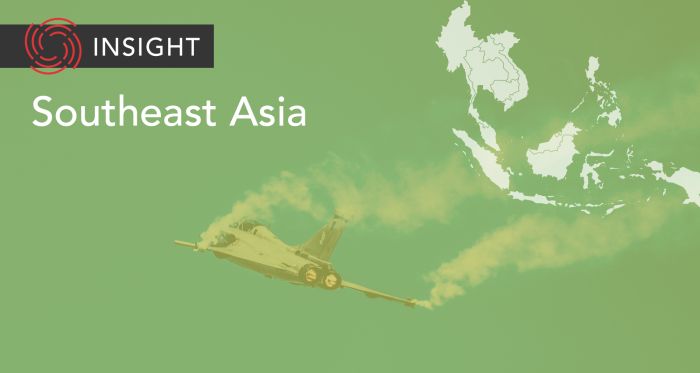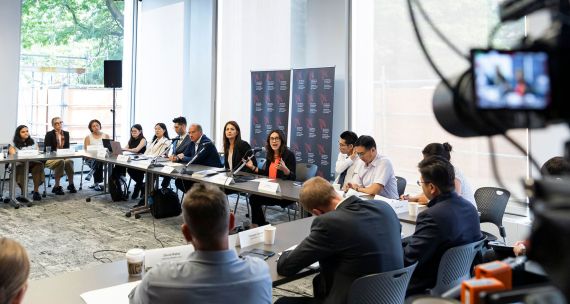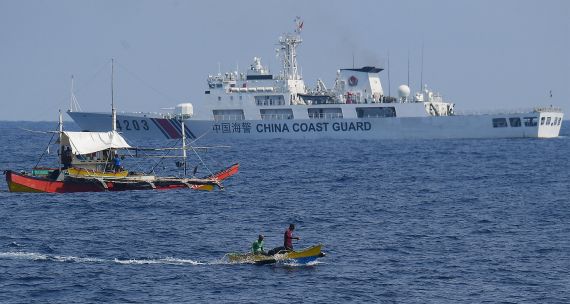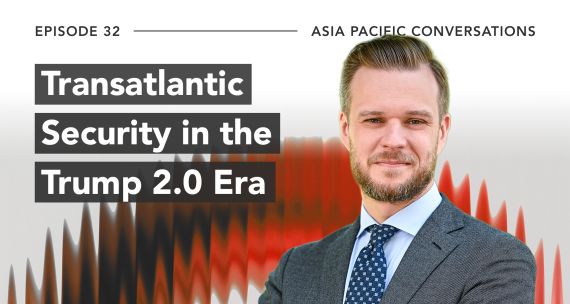The Takeaway
Philippine President Ferdinand Marcos Jr. is resetting Philippines–U.S. relations, with Marcos Jr. displaying a decidedly pro-U.S. stance in foreign policy discourse of late. The recent expansion of the Enhanced Defence Cooperation Agreement (EDCA) — a bilateral agreement permitting extended deployments of U.S. troops in-country and the construction of more facilities on existing military sites — and the culmination of a third high-level “2+2” ministerial dialogue between the two countries signal a rapid renewal of bilateral relations, even as tensions escalate in the South China Sea and around Taiwan.
In Brief
Philippines–U.S. relations under former Philippine President Rodrigo Duterte experienced a brief but sharp downturn due to the U.S.’s pointed criticisms of his controversial drug war. Bilateral ties under Marcos Jr., however, have since warmed: in February, Marcos Jr.’s administration agreed to expand the EDCA, permitting the U.S. military to access four additional Philippine military sites strategically located in the provinces of Cagayan, Zambales, Isabela (close to Taiwan) and Palawan (close to the disputed Spratly Islands in the South China Sea). On April 11 in Washington D.C., the third Philippines-U.S. high-level “2+2” foreign affairs and defence ministerial dialogue was held after a seven-year hiatus. The meeting concluded with a joint statement from the ministers committing to modernize Philippines-U.S. co-operation as well as to enhance economic engagement and people-to-people ties.
Defence and foreign secretaries from both countries underscored their strong objection to “unlawful maritime claims, [the] militarization of reclaimed features, and threatening and provocative activities in the South China Sea,” singling out China’s assertive maritime conduct recently, which impinged upon Philippines’s exclusive economic zone. The joint statement also criticized China for not complying with a legally binding international ruling from 2016 that determined China’s “nine-dash line” claims in the Spratly Islands were unlawful.
Implications
As part of their shared vision to modernize bilateral co-operation, both the Philippines and the U.S. have prioritized deepening military interoperability and accelerating capability development. This has significant implications for the Philippines's defence capabilities, especially the country’s air force and navy. A lack of advanced air assets and other modern defence systems, combined with aging equipment, limits the ability of the air force and navy to respond to natural disasters, as well as security threats, in the South China Sea.
Both countries have accelerated an acquisition plan for a fleet of multi-role fighter planes (similar to CF-18 Hornets), while agreeing to use U.S. foreign military funding to procure medium-lift helicopters (similar to CH-147F Chinooks). This will help the Philippines enforce their territorial claims and economic interests in the South China Sea.
The U.S. has pledged more than US$100 million to support the rapid operationalization of the four new EDCA sites, whereas Philippine government officials have touted the lucrative economic opportunities for the provincial localities impacted by the agreement’s expansion. Both sides have maintained that these sites are key parts of the modernization plan, mainly by supporting joint training, exercises, and interoperability. But opposition lawmakers, as well as Cagayan province in the north (where two new EDCA sites are located), have voiced concerns that the location of the sites — and more broadly, the expansion of bilateral defence ties — will drag the country into a potential Taiwan conflict. Cagayeños are anxious that an increased security presence in their province could deter foreign investors.
Besides strengthening its defence capabilities, the Philippines also benefits from provisions on enhancing economic and environmental security. Both sides have agreed to co-operate on key areas for the Philippines, including agriculture, energy, the climate crisis, supply chains, infrastructure development, and disaster preparedness. Most importantly, the “2+2” talks have solidified the Philippines’s participation in U.S.-led commercial and infrastructure development alternatives, such as the Blue Dot Network and the Indo-Pacific Economic Framework.
Marcos Jr. is content to manage the delicate balance of his country’s relations with China and the U.S., but he operates in an increasingly restrictive geopolitical climate as China-U.S. tensions continue to escalate. Following the “2+2” talks with the U.S., Marcos Jr. repeatedly assured China that the new EDCA sites would not be used in an offensive capacity. But the “2+2” joint statement prompted severe criticism from the Chinese foreign ministry, which does not bode well for the future of Philippines-China relations.
What’s Next
- New U.S.-Philippines Bilateral Defense Guidelines
The “2+2” meeting led to the fast-tracking of discussions on new U.S.-Philippines Bilateral Defense Guidelines. The guidelines are expected to cover policies on the usage of EDCA sites during a hypothetical U.S.-China conflict in the Taiwan Strait. It is likely that the U.S will demand the usage of the EDCA sites for refuelling and medical purposes during an open conflict.
- The state of Philippines-China relations
China’s foreign ministry criticized the establishment of the new EDCA sites, calling them “uncalled for” and labelling the joint statement “one-sided” and “biased” against China. Moving forward, it is expected that relations between China and the Philippines could deteriorate as the Philippines aligns itself closer with the U.S. China has repeatedly stated that the expansion of the U.S.’s presence in the region poses a threat to China’s territorial sovereignty in the South China Sea and its stance on Taiwan.
• Produced by CAST’s Southeast Asia team: Stephanie Lee (Program Manager); Alberto Iskandar (Analyst); Saima Islam (Analyst); and Tim Siao (Analyst).




